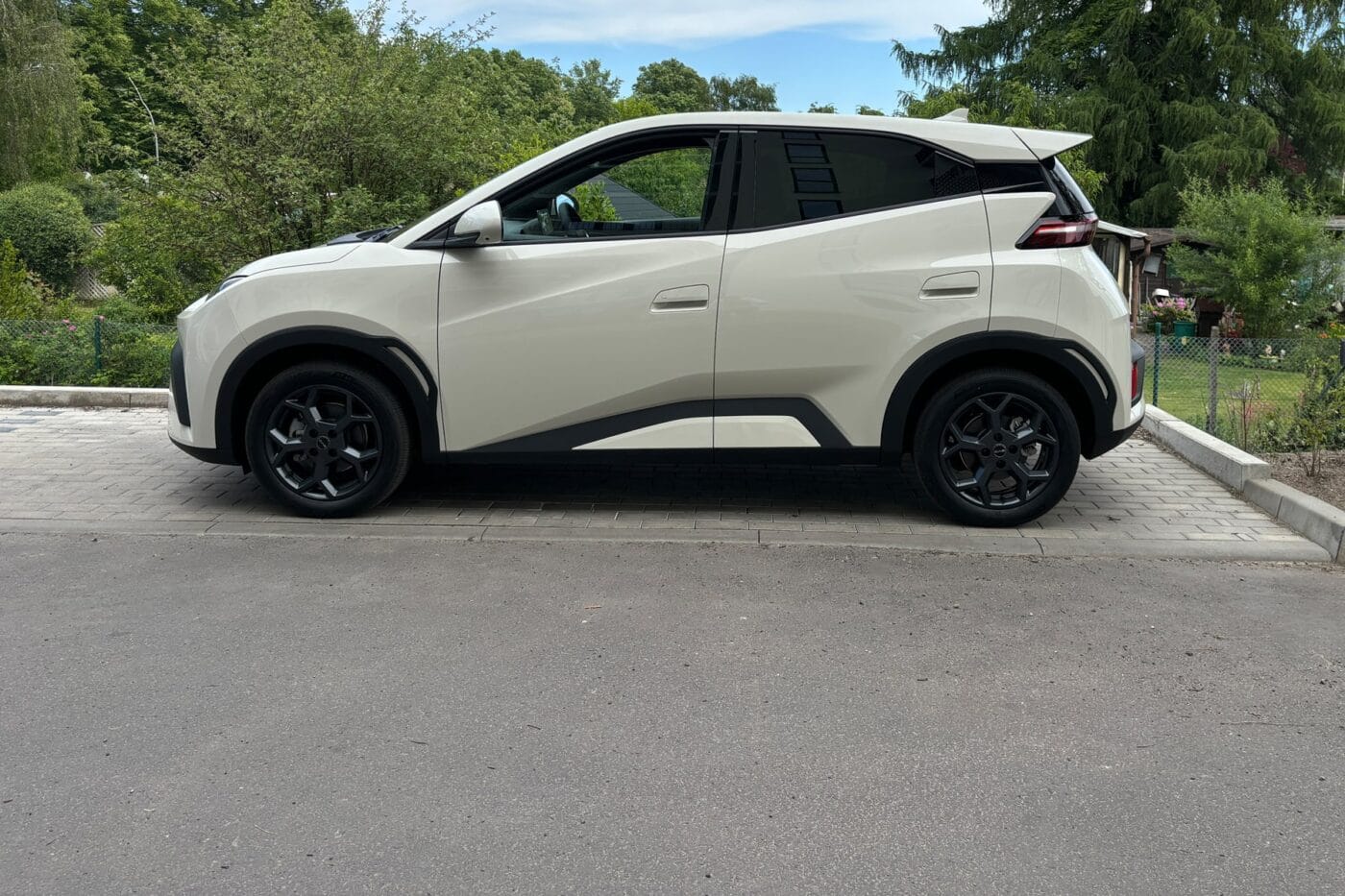
First ride in the BYD Dolphin Surf: Riding the green wave to the red light
The first encounter with the BYD Dolphin Surf leads directly into a long traffic light backlog. So no green wave, which, according to BYD Germany Sales Director Patrick Schulz, the Chinese company wants to ride. So we put on our indicators and take the last turning before the end of the traffic jam. At the end of the small cul-de-sac, we turned around in one go (the 3.99 metre short Dolphin Surf has a turning circle of 10.5 metres and is really tight) and returned to the main road. OK, someone is coming up behind, but the experienced electric car driver naturally pulls into the lane anyway – and presses the electric pedal to the metal. But he hasn’t reckoned with the slippage. The Hankook tyres on the wheels of the Dolphin Surf in the Comfort version barely get the 220 Nm of the 115 kW motor onto the Berlin asphalt.
And of course, the next set of traffic lights is not far away in the west of Berlin. So why not try out the showpiece discipline of every electric car? Starting at the traffic lights! Full power again, and again it’s not quite without drive slip. In consideration of the new tyres of the newly registered test car, we take it easy. After all, the future user-whether a nurse in the care service or a pensioner on the way to a doctor’s appointment-wouldn’t be speeding around like Lucas di Grassi or Pascal Wehrlein in Formula E.
At least the seats offer enough support even when driving in turbulent conditions. The Dolphin Surf is certainly no challenge to keep up with city traffic, change lanes quickly on the urban motorway or overtake on country roads. In its most expensive version – the Comfort variant we tested – the small car also offers many practical features. From heated front seats (which we did not test in sunshine and temperatures above 20 degrees) to the 360-degree camera. The latter is practical in the city, as it allows you to park in even the tightest spaces. The floor lighting of the exterior mirrors also remained hidden from us in the glaring light, but not the cold air flow of the powerful air conditioning system, whose menu on the touchscreen in the centre of the hard plastic dashboard is somewhat difficult to operate. On the other hand, the same screen can be rotated 90 degrees at the touch of a button – an option that is familiar from other BYD cockpits, but is otherwise not available in this price range.

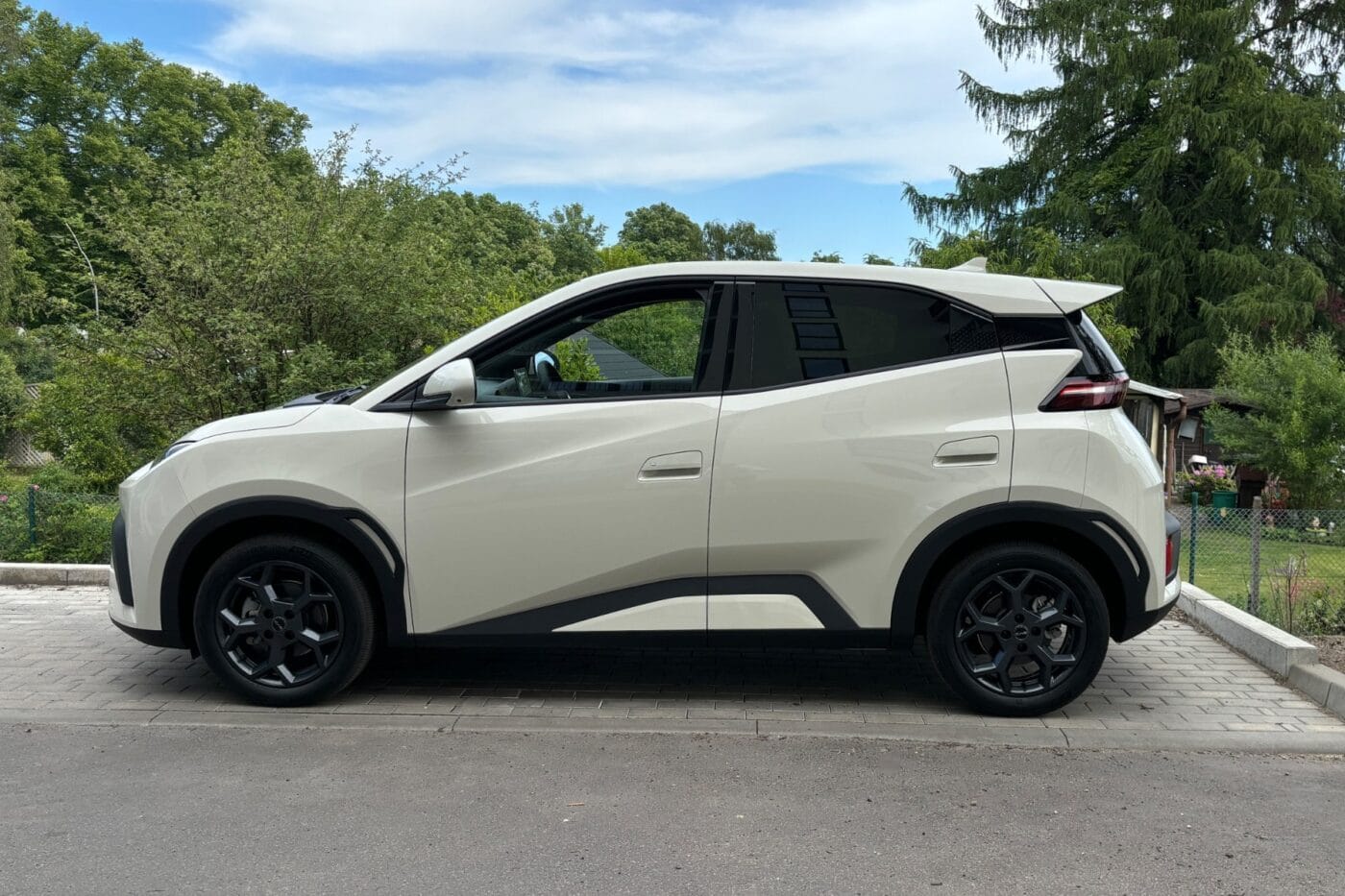
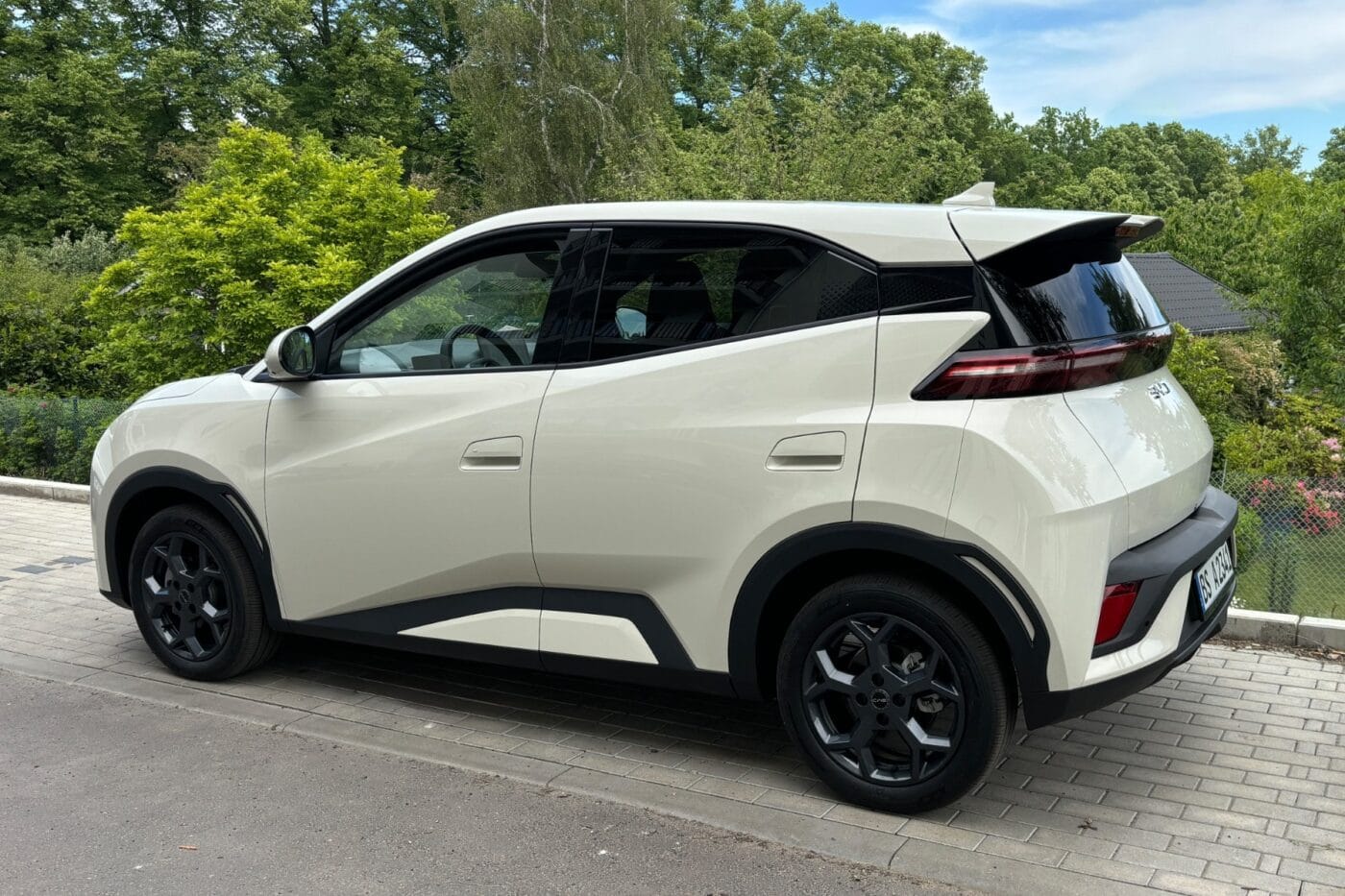
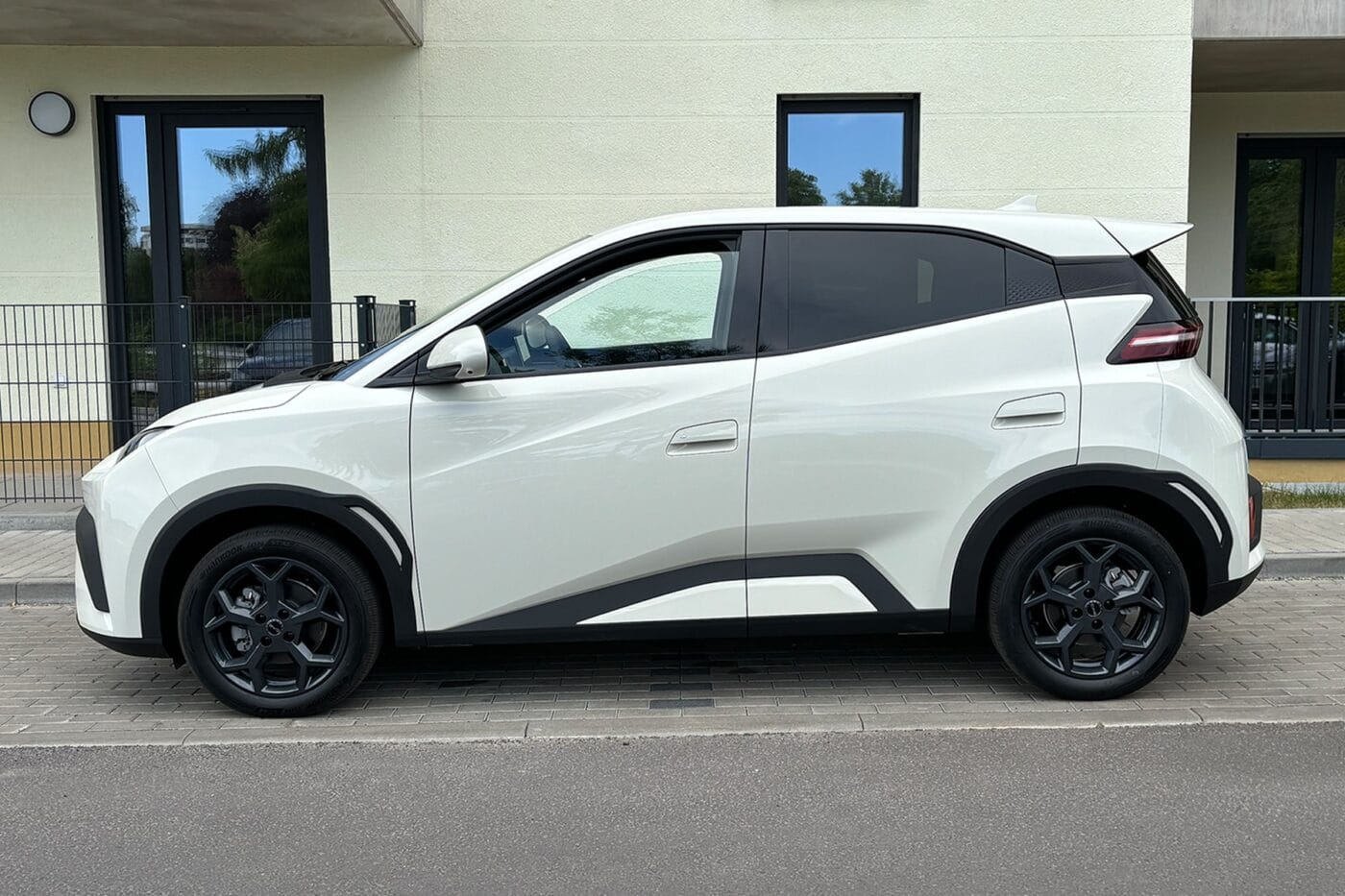
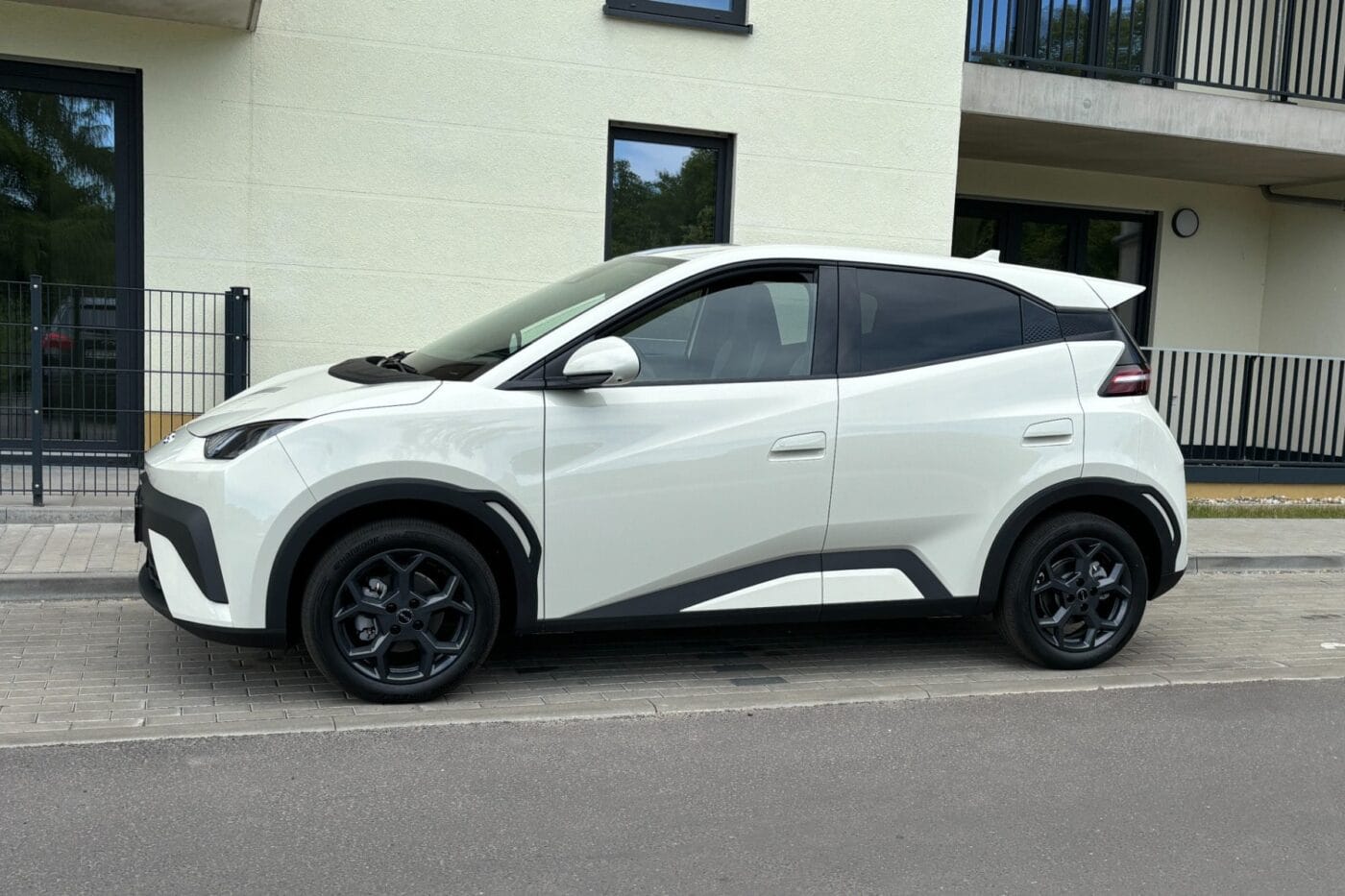
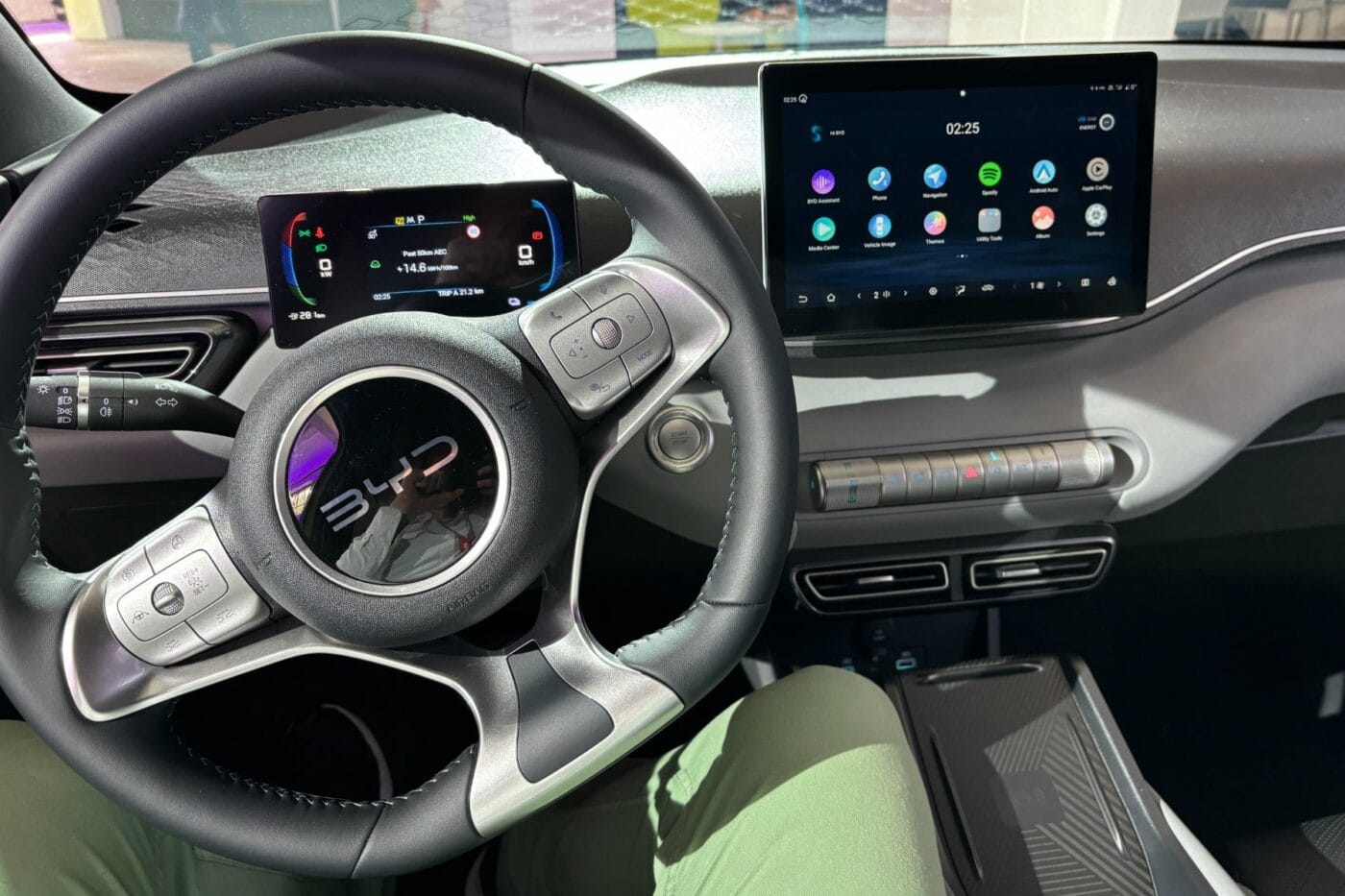
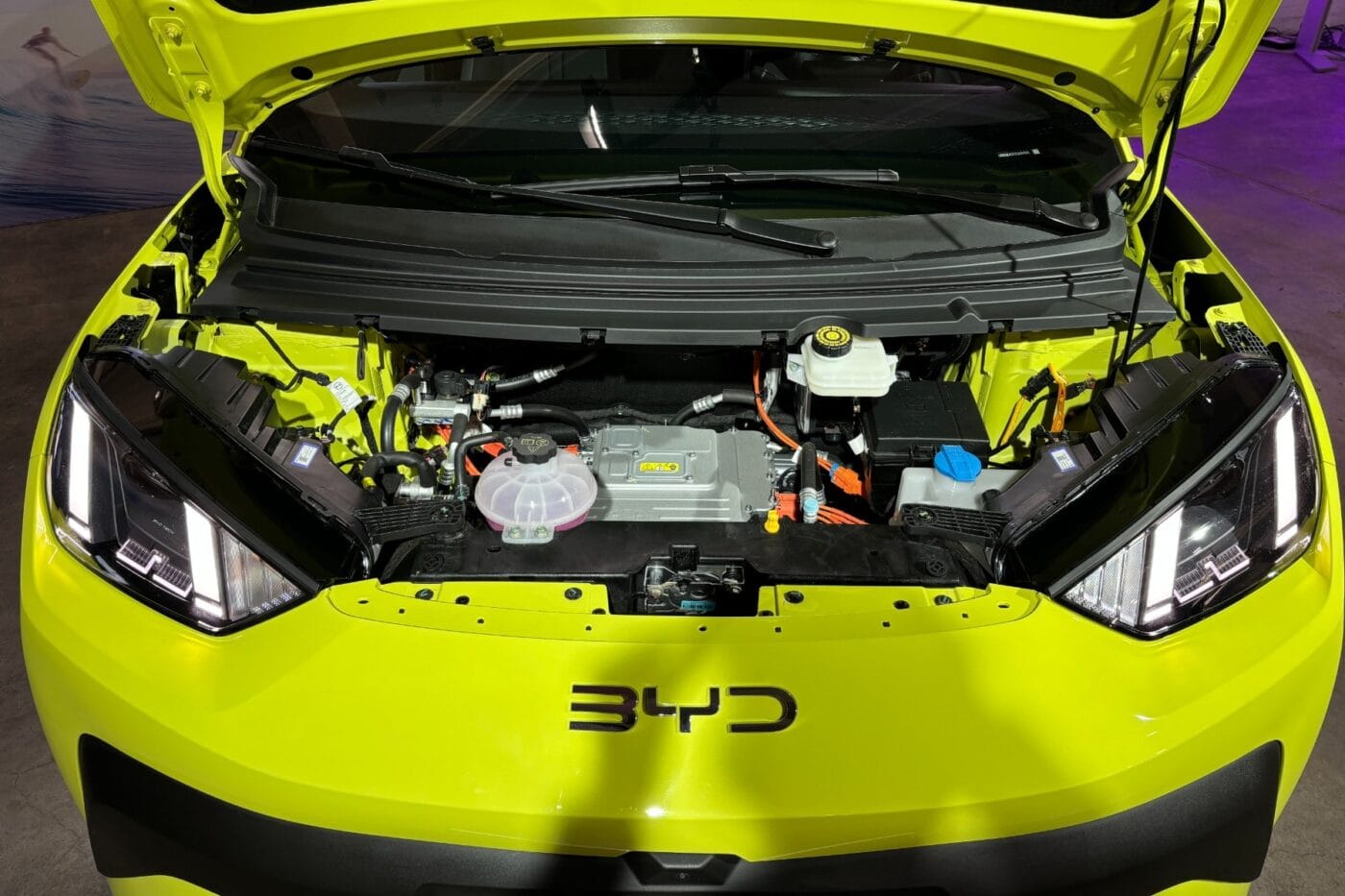
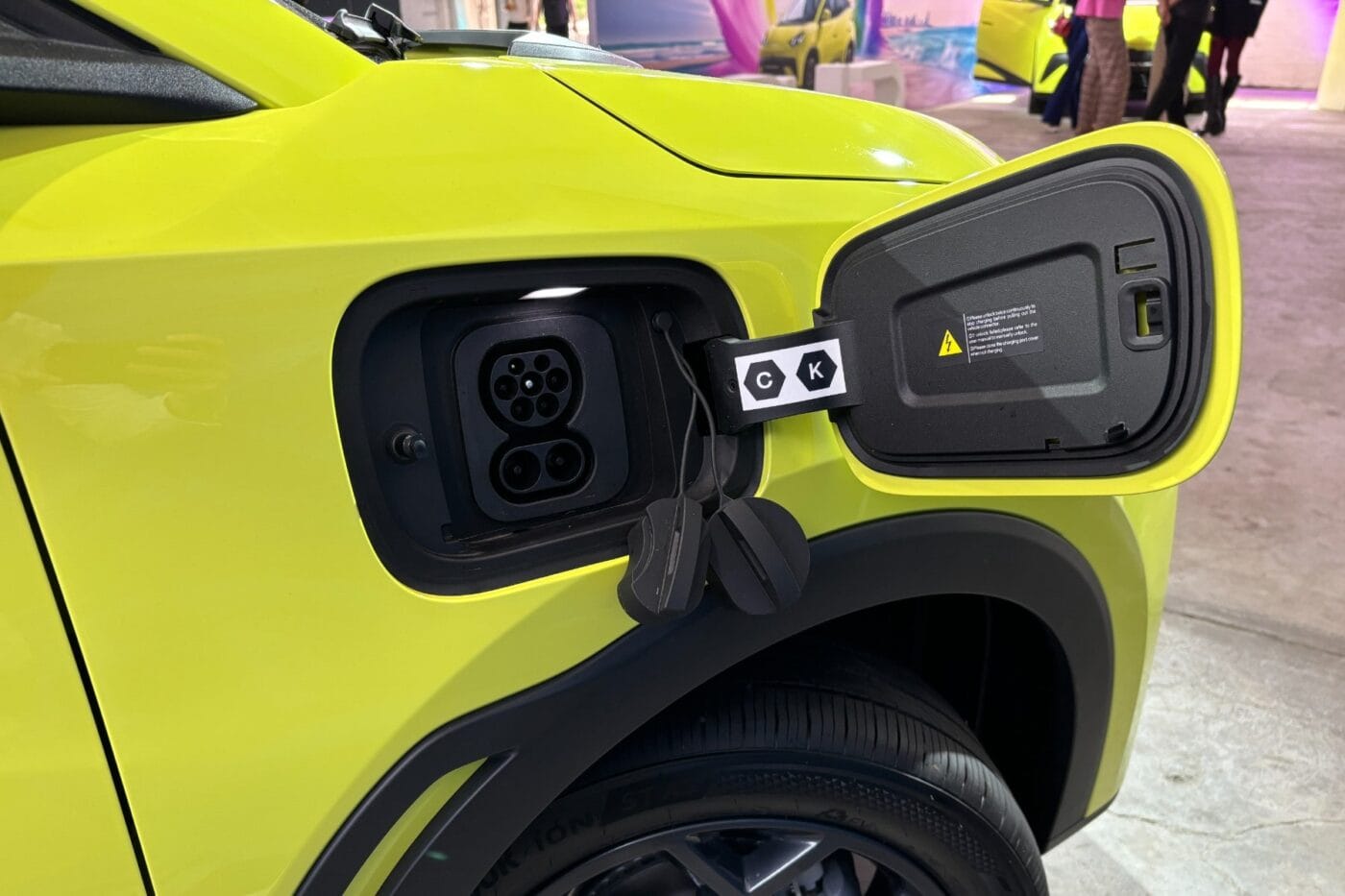

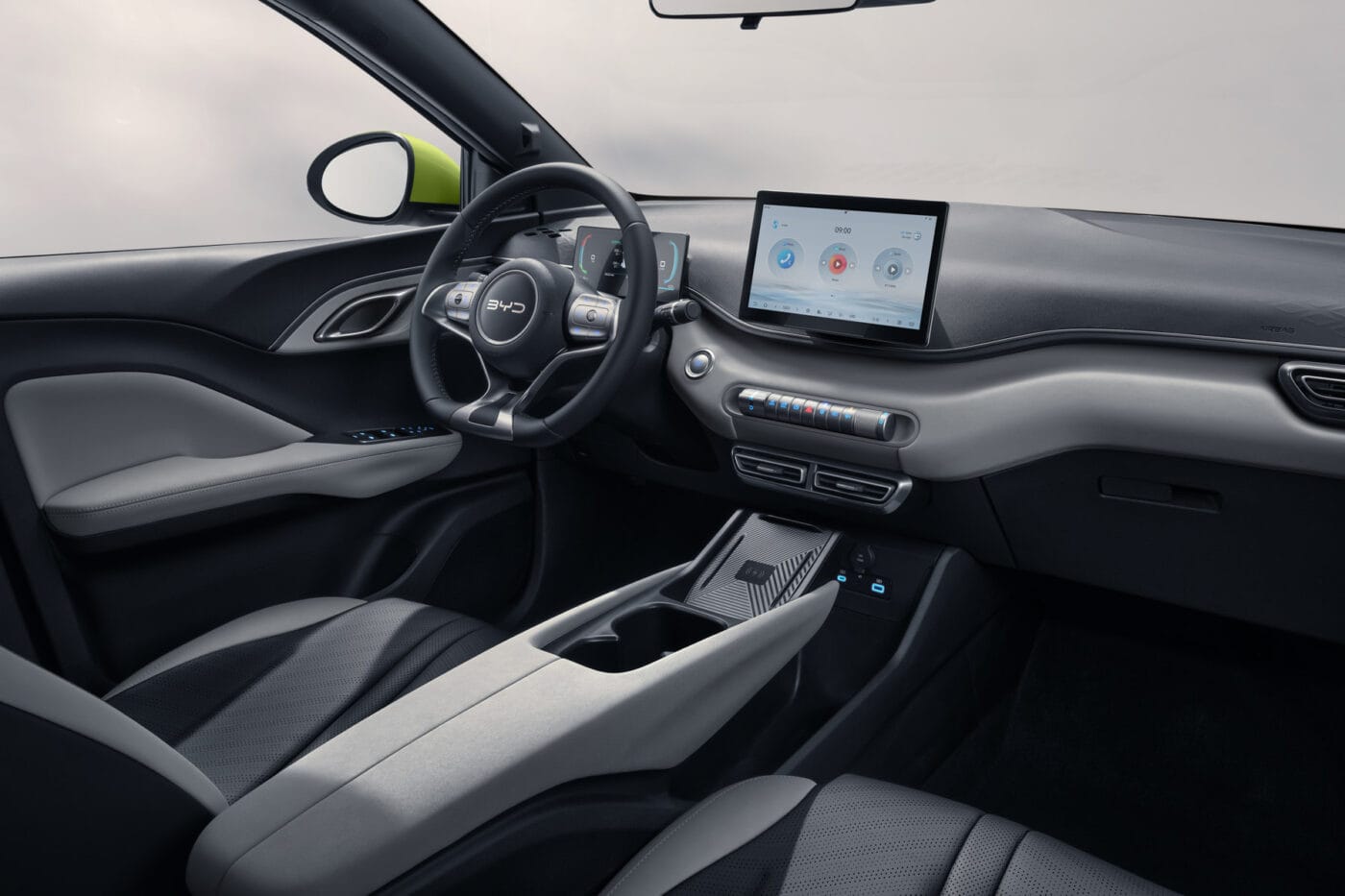
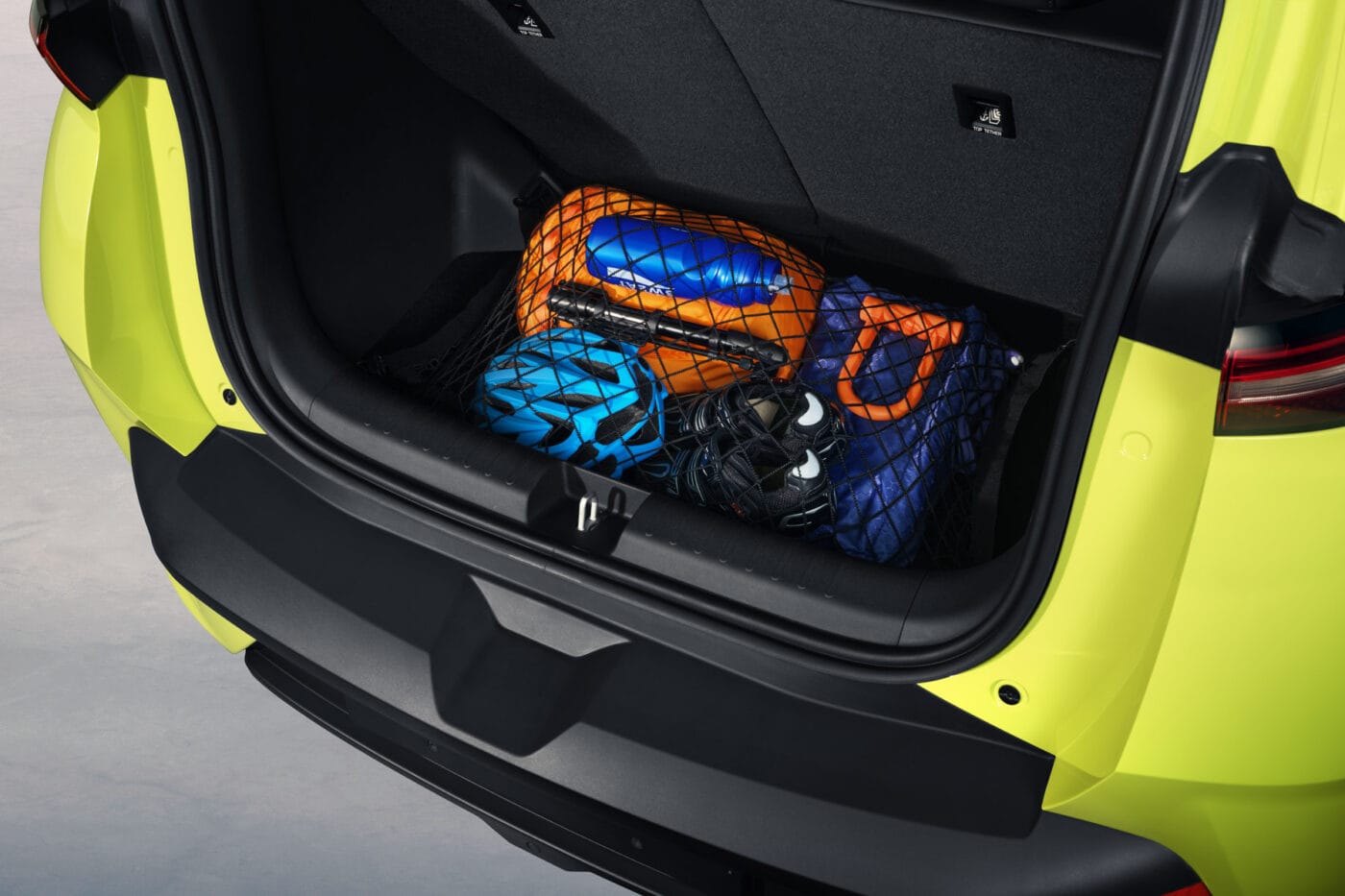
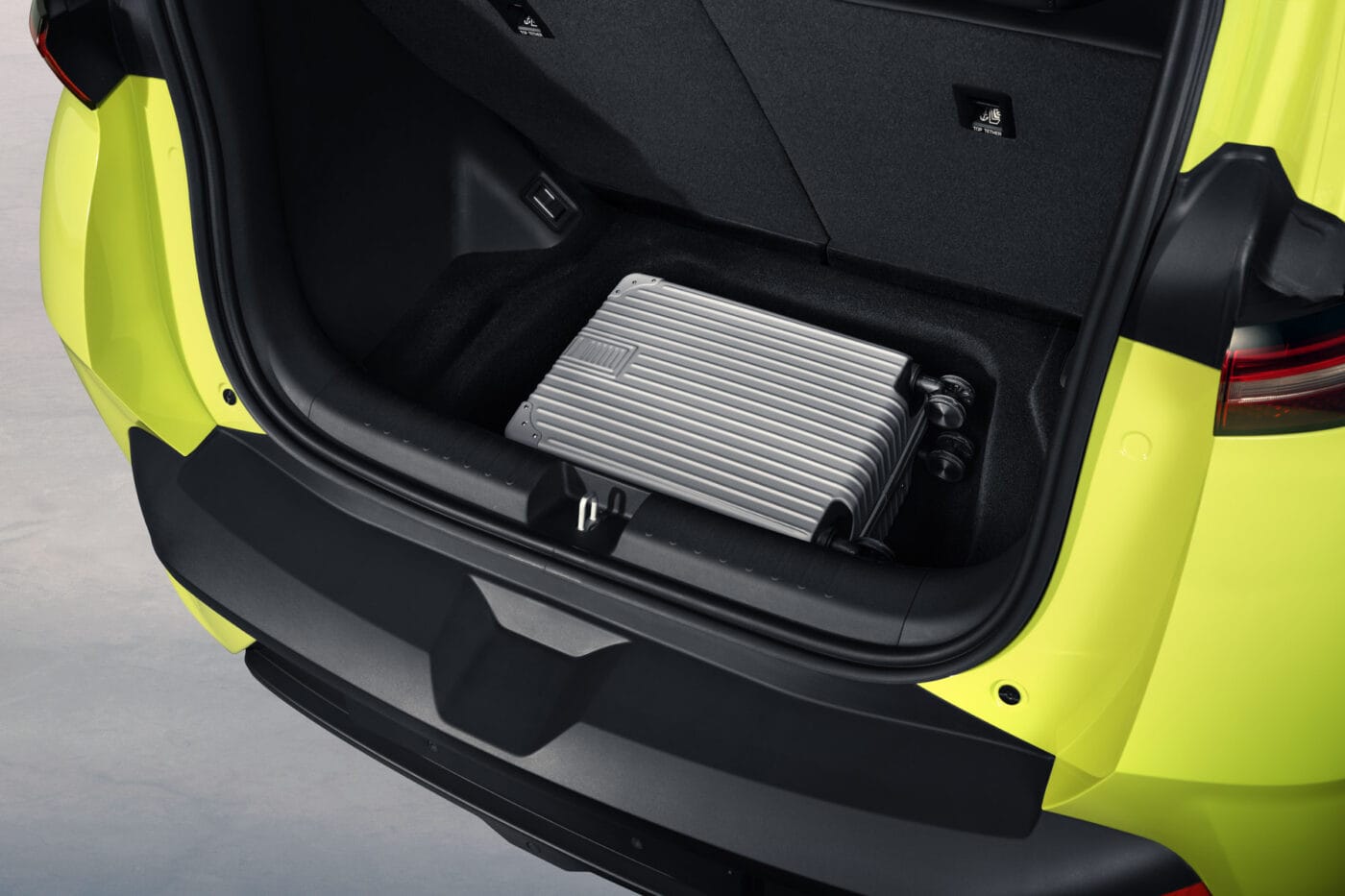
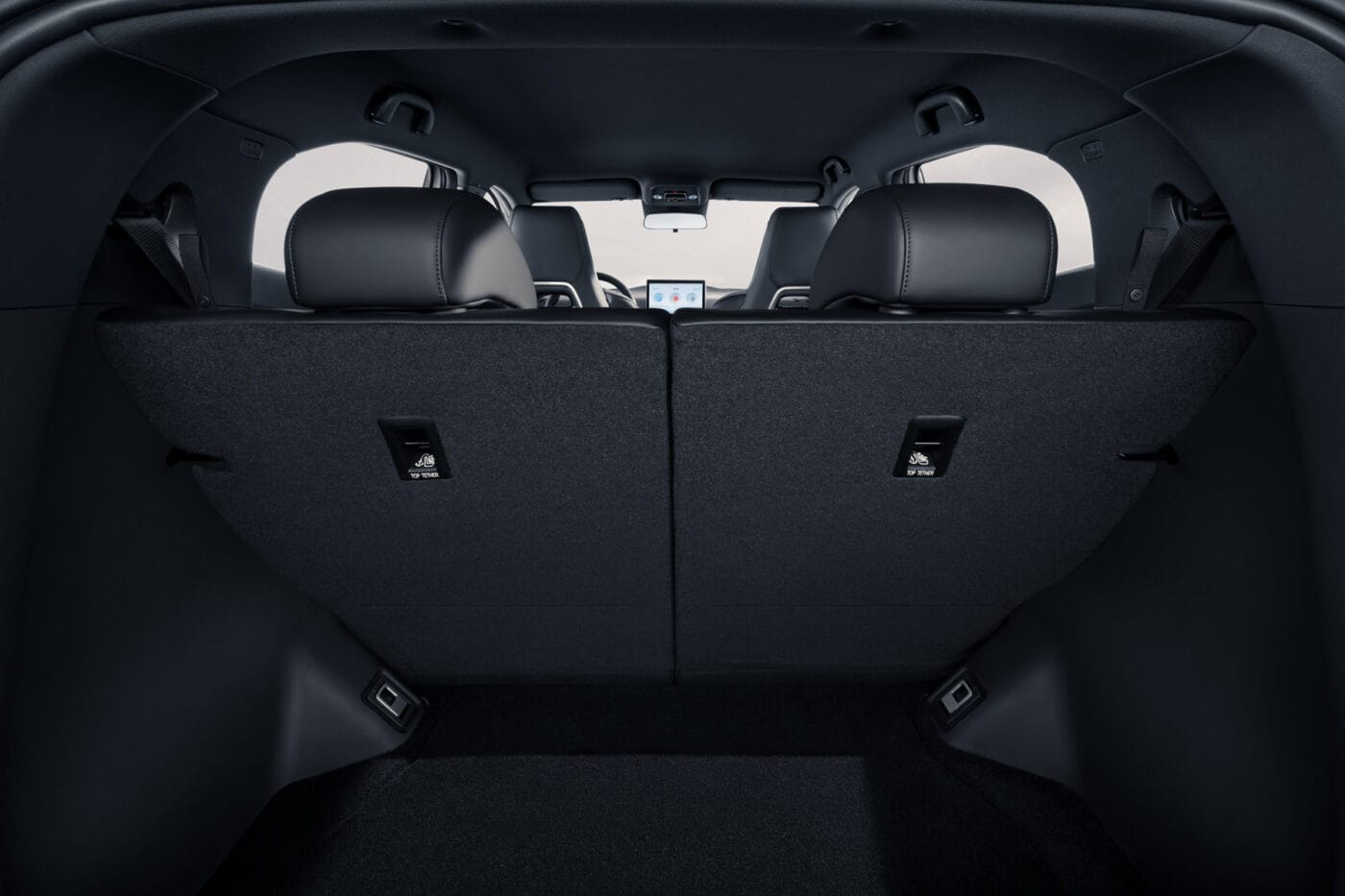
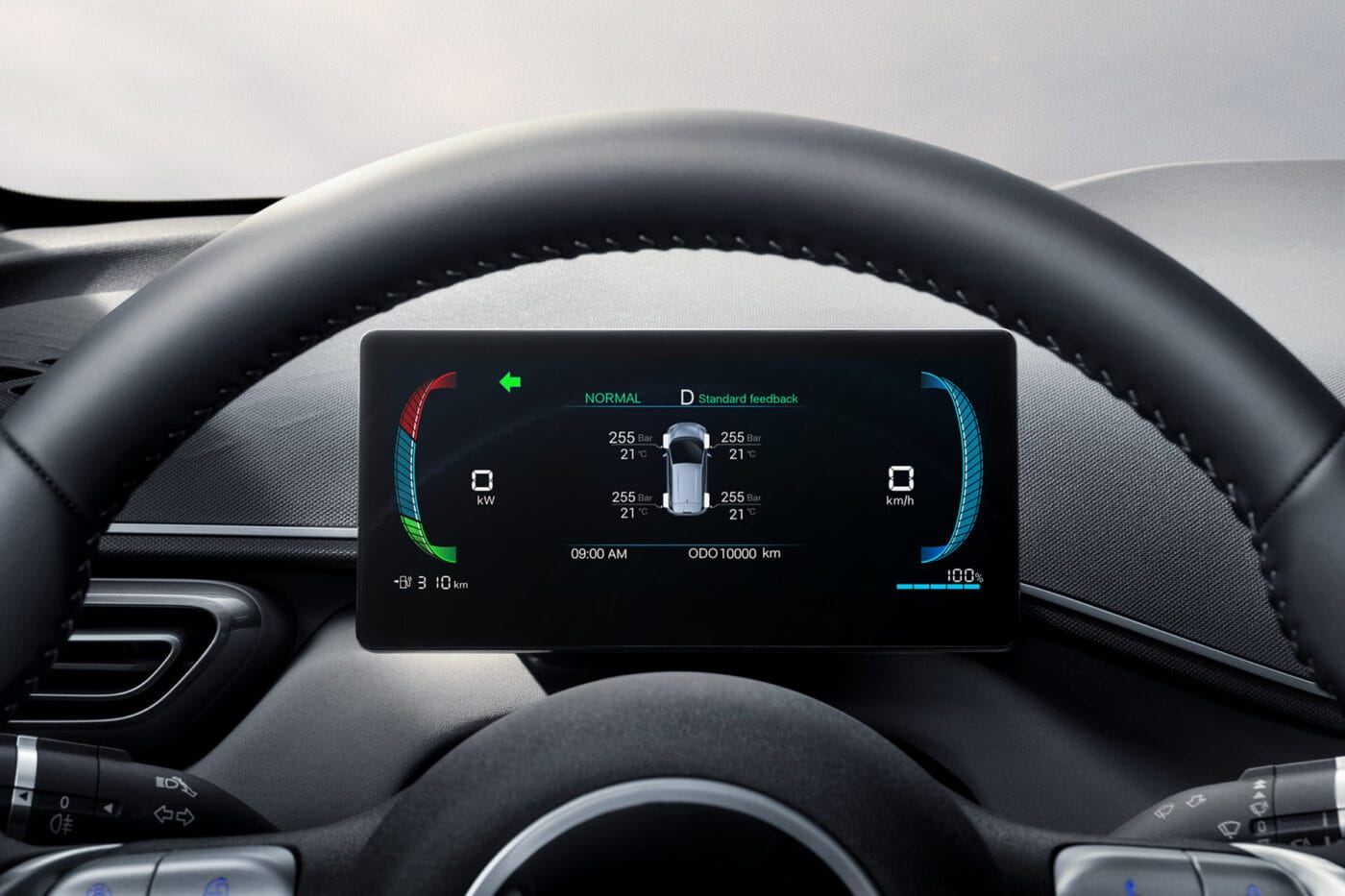
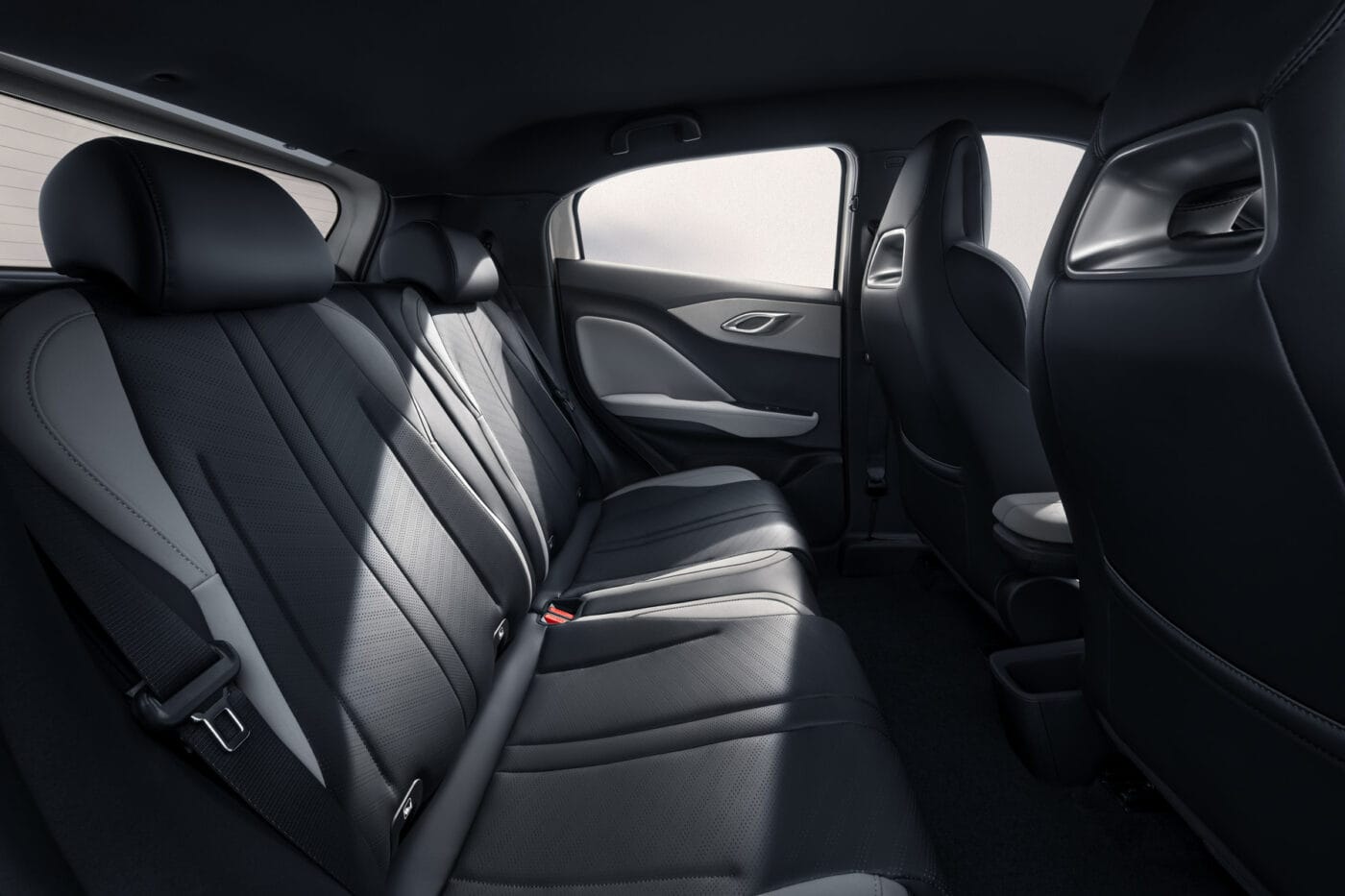
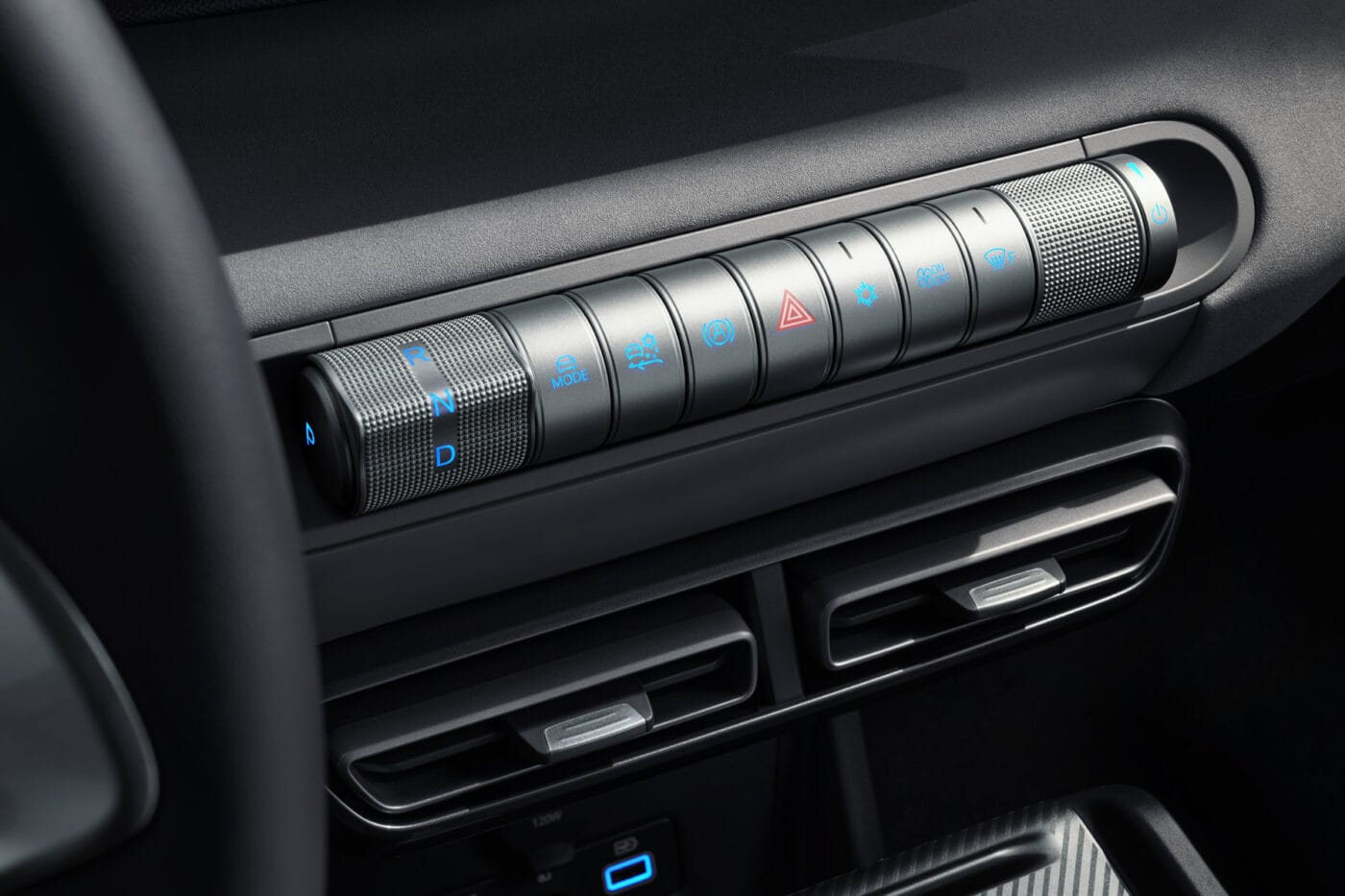
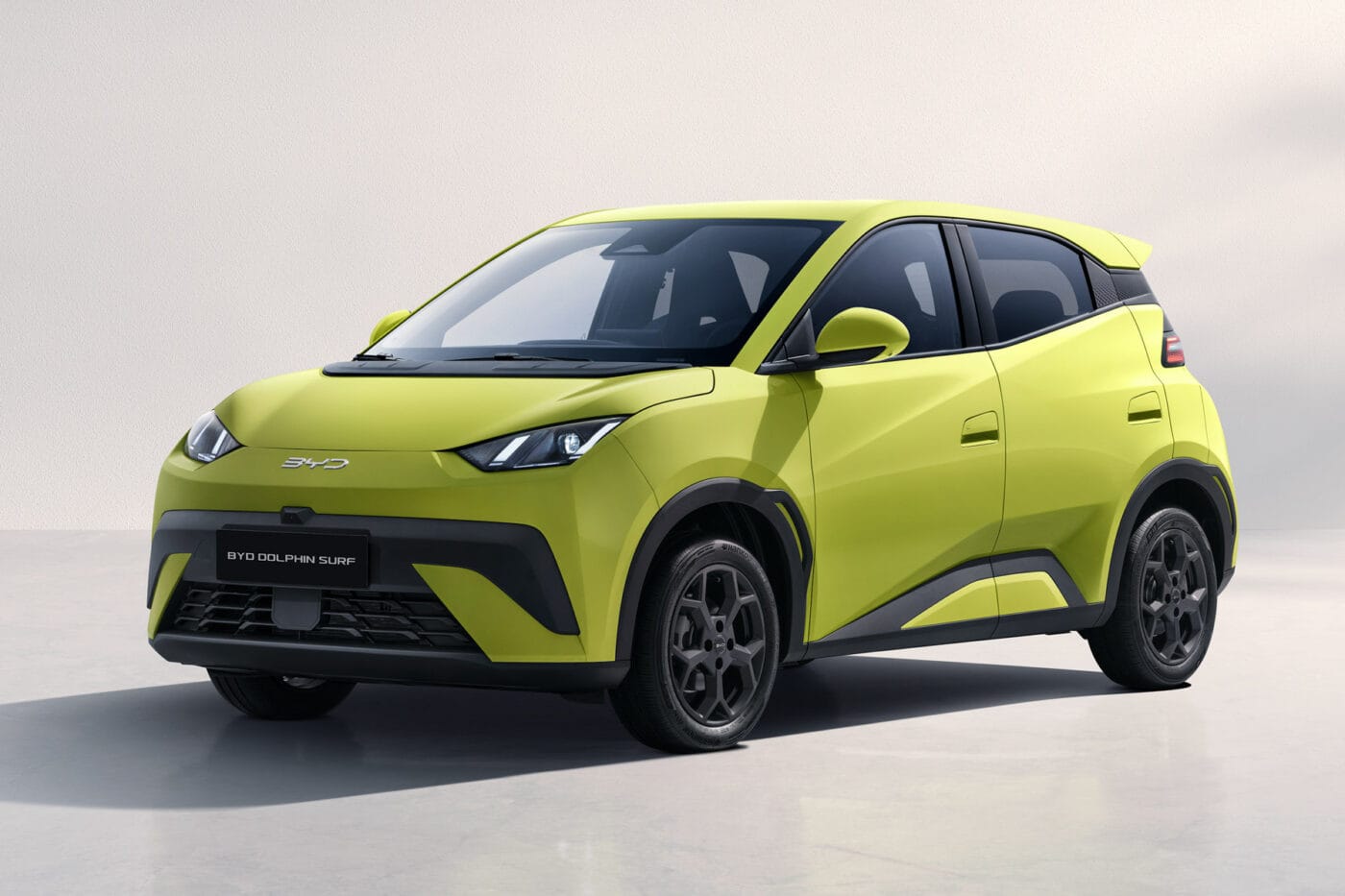
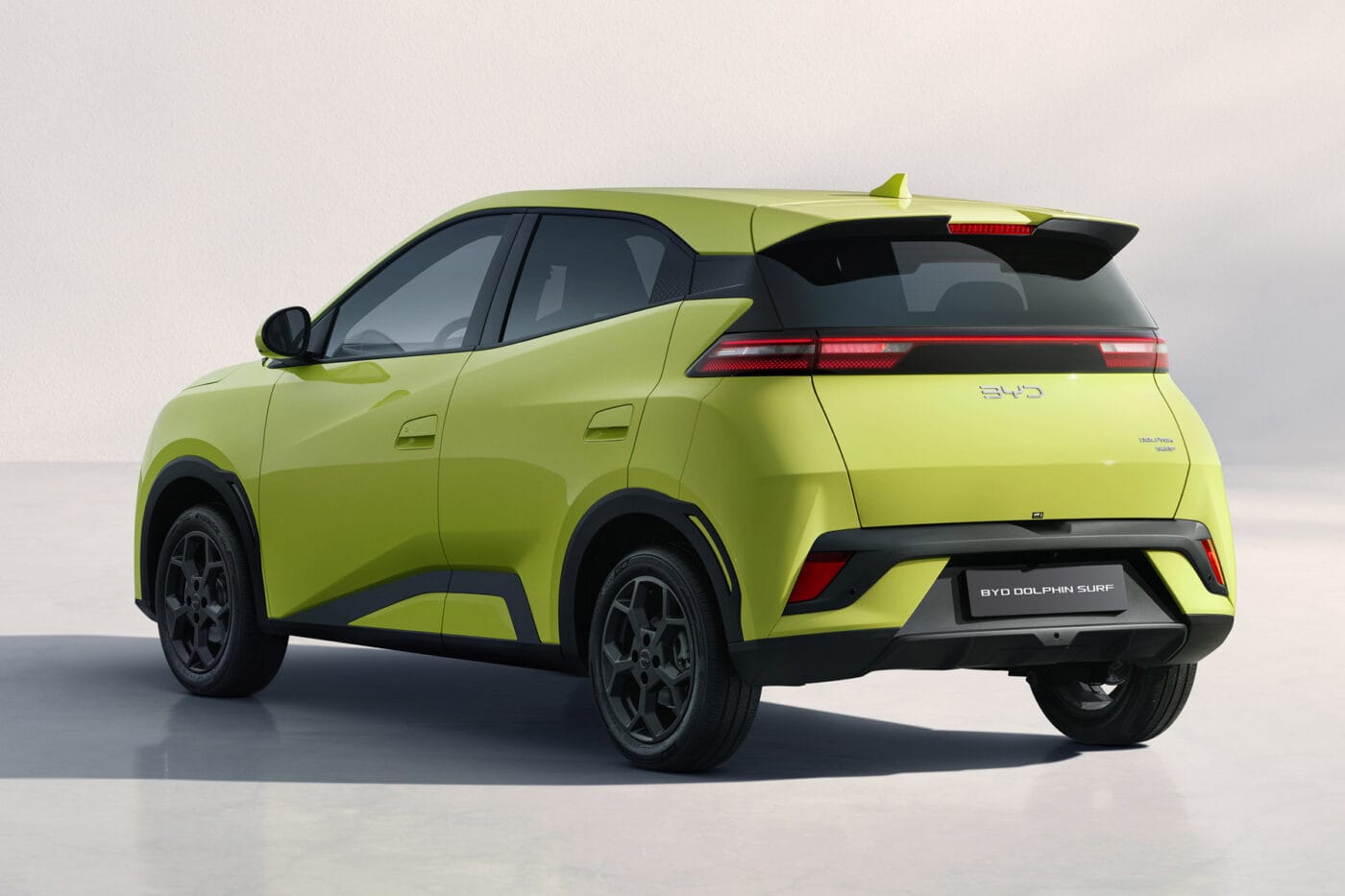
Until the end of June, the most expensive version of the BYD Dolphin Surf is already available for 24,990 euros, after which it will be 6,000 euros more expensive. And the basic version called Active is even available for 19,990 euros – BYD has cracked the magic mark of 20,000 euros with the Dolphin Surf, at least for a short time. There are actually no serious reasons to hesitate with the purchase. With the small car, customers get a lot of electric car for comparatively little money. And a perfect all-rounder for everyday use beyond long journeys. It is the potential first car for people with a manageable range of movement or the passable electric second car.
You may have to get used to the exterior design a little. A compressed Lambo at the front, wild lines at the sides, which are probably intended to give the car a lively look, but leave a rather jagged impression. The rear slopes steeply downwards, but otherwise looks dynamic and modern. The interior is functional. Of course, savings have to be made somewhere. You won’t find any luxury here, which is only logical given the price range. But the workmanship is good. In addition to USB ports, the Comfort version even offers an inductive charging cradle for smartphones, although this was unable to feed power into the iPhone during our journey. The interior is otherwise minimalist and functional. A five-inch digital cockpit behind the steering wheel and the rotating 12.8-inch touchscreen dominate the picture. Electrically adjustable front seats and exterior mirrors are a positive feature. However, the start button behind the steering wheel takes a while to find. And the button for the parking mode on the rotary switch for the driving mode below the screen even more so. But that’s about it in terms of grumbling options.
Our short jaunt from traffic light to traffic light in Berlin naturally does not allow us to make any long-term statements. Even tall people sit comfortably behind the steering wheel, the flat Blade battery in the vehicle floor provides plenty of legroom, and it is also airy upwards, at least in the front row. The rear row of seats should be easily bearable for small to medium-sized passengers, and the boot with its 308 litres is sufficient for more than just weekend shopping, especially as it can be extended to over 1,000 litres in two easy steps – but then the Dolphin Surf only becomes a two-seater.
| Dolphin Surf Active | Dolphin Surf Boost | Dolphin Surf Comfort | |
|---|---|---|---|
| Drive | FWD | FWD | FWD |
| Power | 65 kW | 65 kW | 115 kW |
| Torque | 175 Nm | 175 Nm | 220 Nm |
| Acceleration | 11.1 s | 12.1 s | 9.1 s |
| Top speed | 150 kph | 150 kph | 150 kph |
| WLTP range | 220 km | 322 km | 310 km |
| Battery | 30 kWh | 43.2 kWh | 43.2 kWh |
| Charging capacity DC | 65 kW | 85 kW | 85 kW |
| Charging time DC 10-80% | 30 min | 30 min | 30 min |
| Price (in Germany) | 22,990 Euro | 26,990 Euro | 30,990 Euro |
The charging port above the right front wheel is unusual. BYD has obviously saved a few metres of expensive high-voltage cable here and placed the CCS connection as close as possible to the battery in the underbody. The position at the charging station is of course practical for lengthways parkers. However, you usually have to park nose first at the fast charger, which can be a tight squeeze depending on the position of the charging station and the length of the charging cable. However, patience is required for direct current charging. The Chinese have limited the charging capacity to 65 kW for the small battery and 85 kW for the large battery (which we tested). BYD specifies 30 minutes for the stroke from ten to 80 per cent for DC charging – we were unable to test this. Nevertheless, the BYD Dolphin Surf sucks on alternating current at 11 kW and can even deliver its energy back to external devices at up to 3.3 kW. Top!
Impressive consumption values
The first impression of the consumption is also positive: the on-board computer showed an average of 13.1 kWh/100 km for the last 50 kilometres. As some of our colleagues at the BYD event in Berlin will have tried out the traffic light start before us, this figure is likely to be slightly higher than with a somewhat gentler driving style in everyday life. This would make the 310 WLTP kilometres realistic, at least in the city. However, we will only be able to say how the Dolphin Surf performs on longer journeys outside of Berlin after a more detailed test.
What else? There are three standard driving modes (Eco, Comfort and Sport) and even over-the-air (OTA) updates. There may even be a charging menu in the software that we have been looking for in vain so far. We have only found the setting for the planned charging time (menu item ‘Intelligent charging’).
The central Spotify integration in the menu will delight music and podcast fans at the latest when waiting at red traffic lights, as their favourite music can then be selected quickly and precisely. Until it’s time for the next traffic light start, hopefully with the wheels no longer skidding because you’ve got used to the electric car.

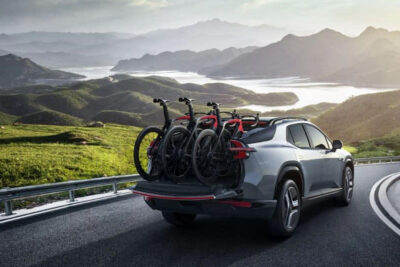
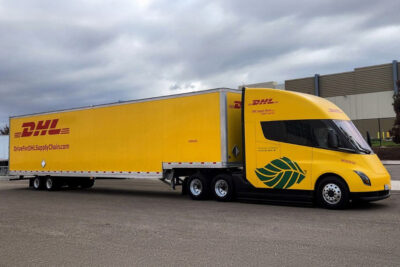
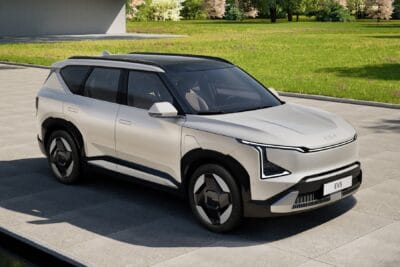
0 Comments